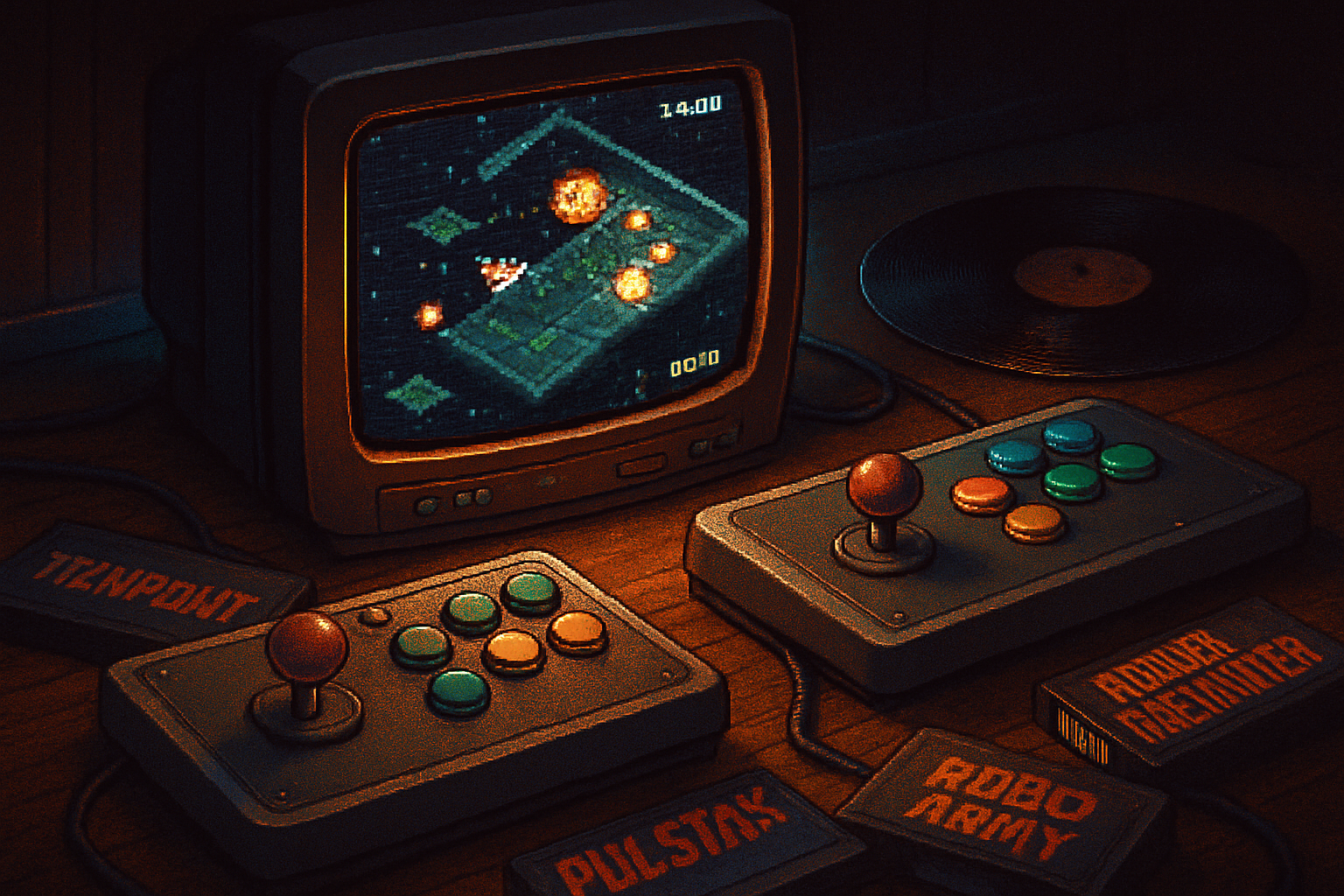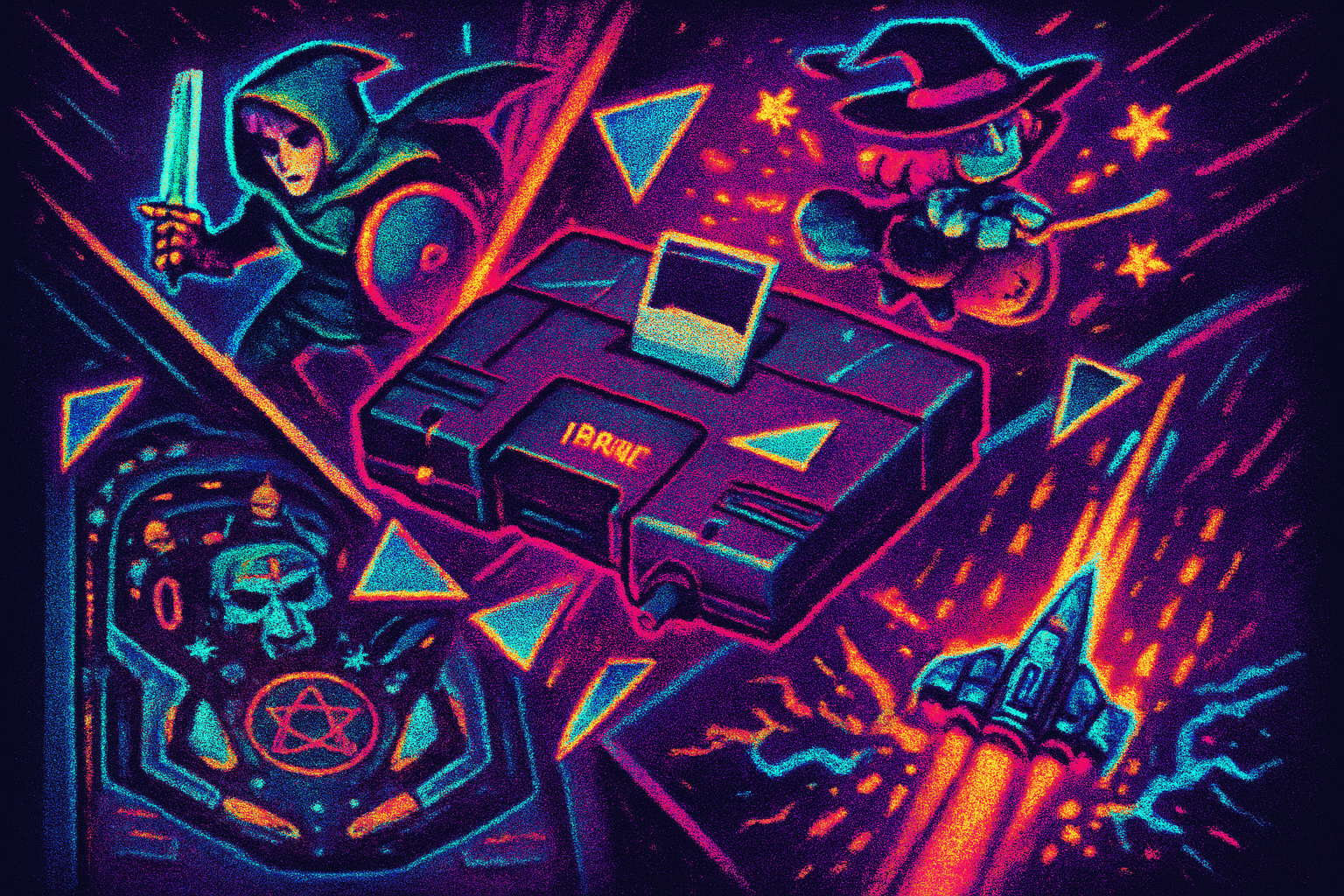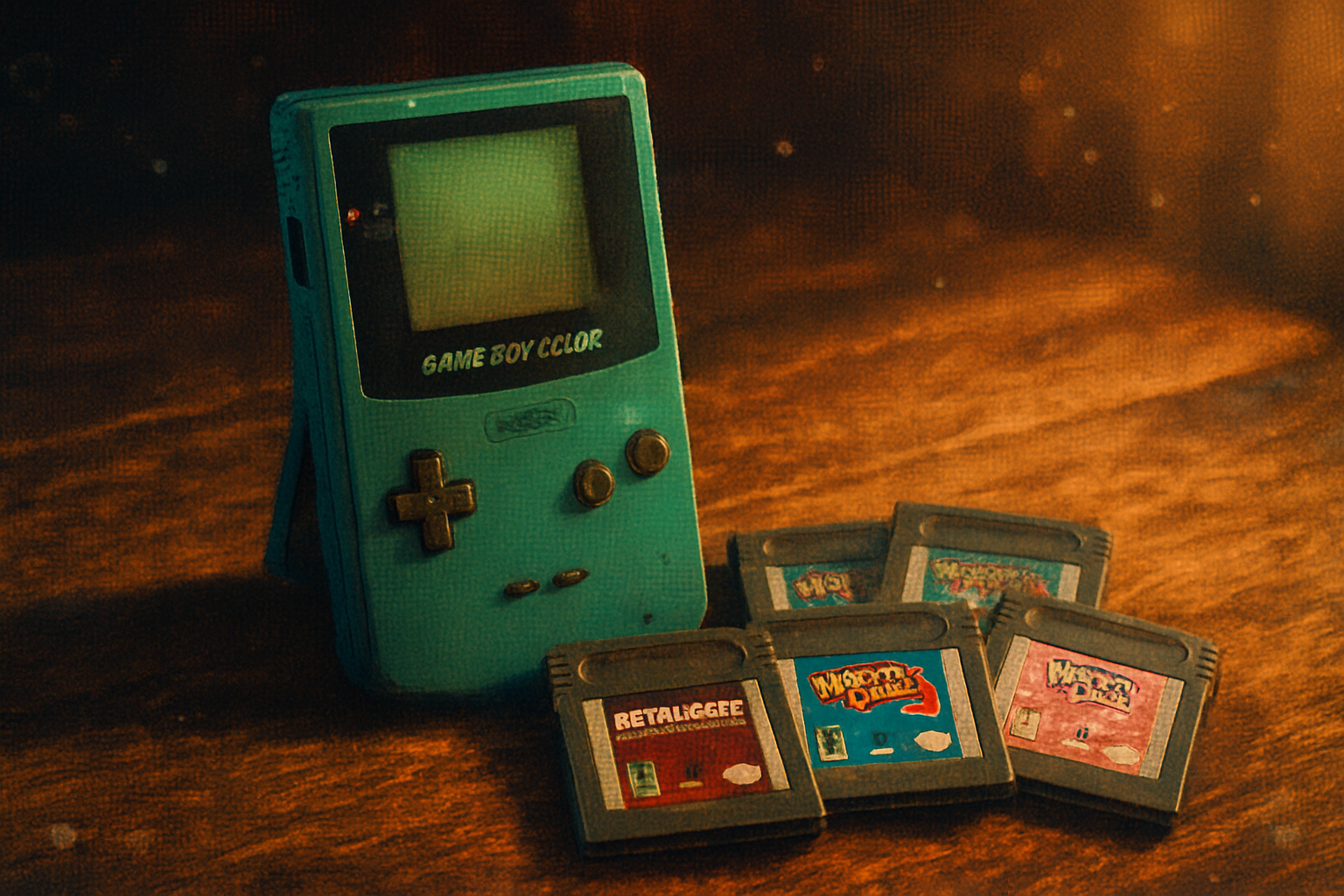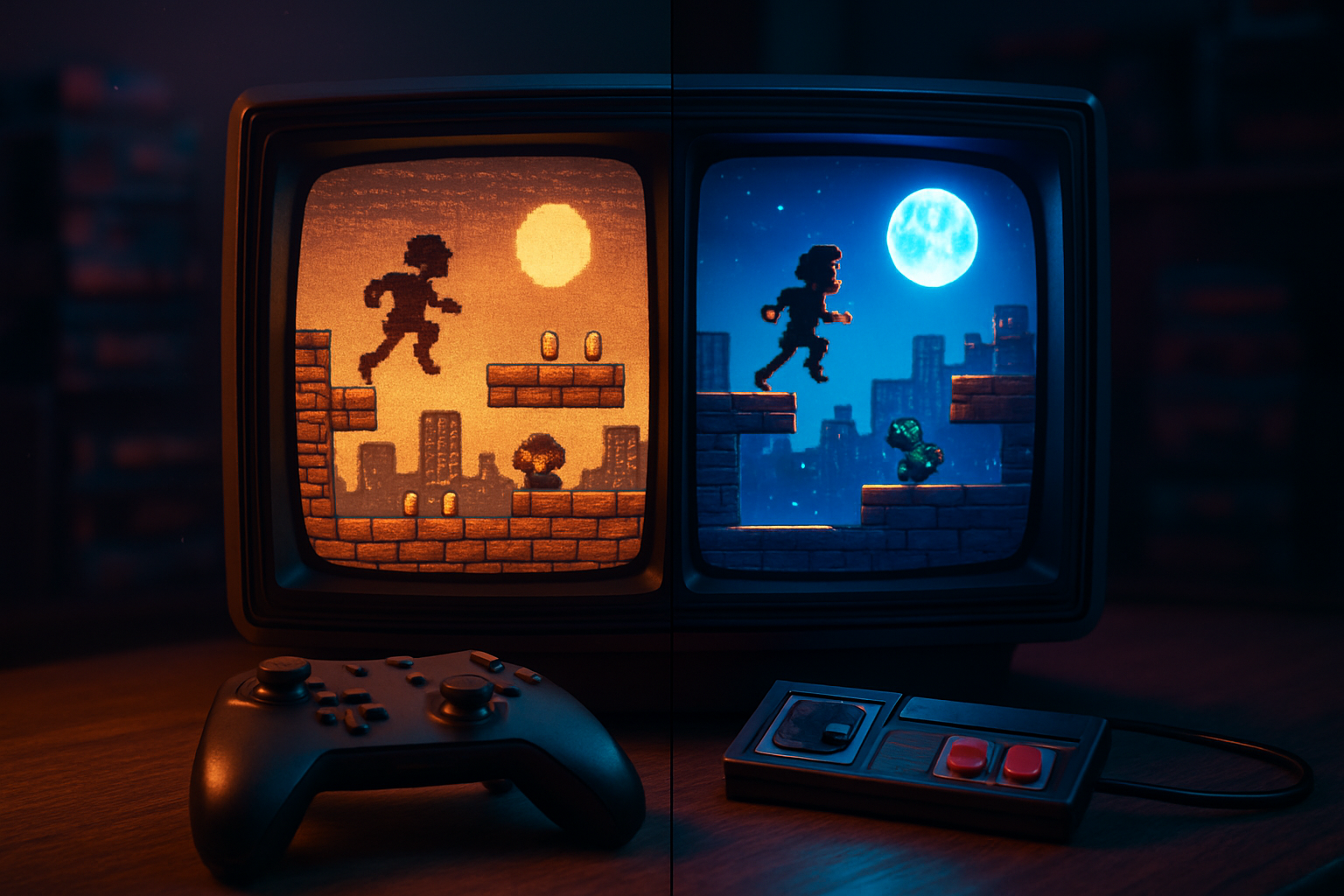· retrogaming · 7 min read
The Hidden Gems of SNES: Uncovering Underrated Classics
A deep dive into lesser-known Super Nintendo titles-why they matter, what makes them special, and where to find them today.
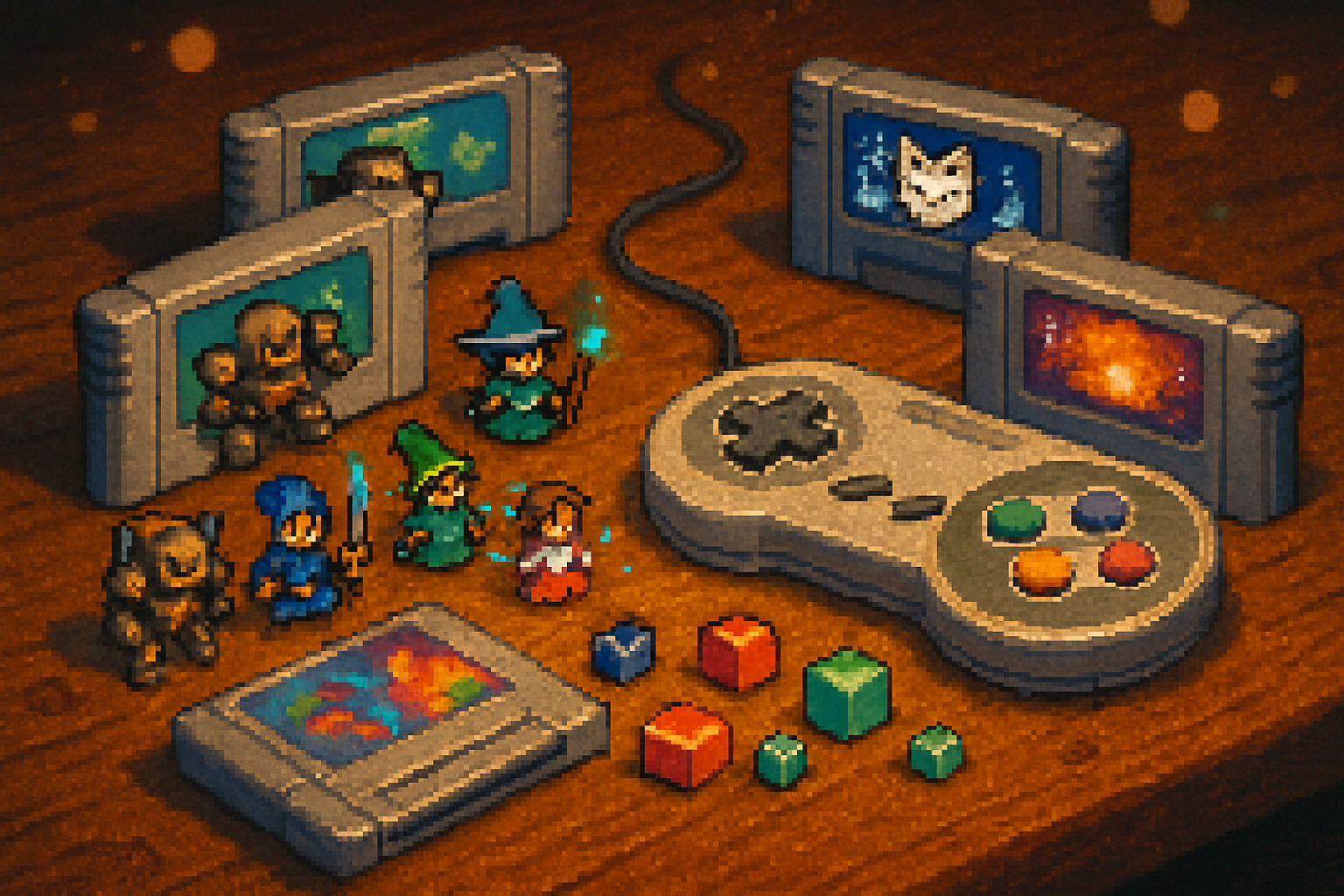
Why revisit SNES underdogs?
The Super Nintendo Entertainment System (SNES) library is overflowing with legendary names-Super Mario World, Chrono Trigger, The Legend of Zelda: A Link to the Past-but sprinkled among those blockbusters are quieter, often overlooked titles that pushed design, storytelling, or technical craft in surprising ways. This post highlights ten underrated SNES games worth a second look, focusing on what makes each stand out: unique mechanics, evocative narratives, or clever design choices that still feel fresh.
Selection criteria: games that are (a) less celebrated in mainstream retro lists, (b) bring something mechanically or narratively distinct, and (c) remain accessible today for new players (through re-releases, translations, or community interest).
Terranigma (1995)
- Why it’s special - Terranigma blends action-RPG combat with a sweeping “world rebirth” narrative that tracks humanity’s development in stages. The sense of scale and the way the world changes around you are memorable even decades later.
- Core mechanics - Real-time action combat with light puzzle-platforming; progression ties into world-building-reviving continents and civilizations affects exploration.
- Standout moments - Emotional set-pieces and a narrative that asks big questions about creation and consequence.
- Where to learn more: Terranigma - Wikipedia
Soul Blazer (1992)
- Why it’s special - One of Enix’s early action-RPGs that uses an unusual structure: “freeing” monsters and people by clearing dungeons restores towns and unlocks story beats. It’s intimate, atmospheric, and surprisingly melancholic.
- Core mechanics - Dungeon-based action combat with town-restoration as a core progression loop; NPC restoration provides world and character development rather than just shops or fetch quests.
- Standout moments - The emotional weight of rebuilding lives one dungeon at a time.
- Where to learn more: Soul Blazer - Wikipedia
Illusion of Gaia (also known as Illusion of Time in some regions) (1993)
- Why it’s special - More than a standard action-RPG, Illusion of Gaia blends exploration of real-world historical sites with a story that grows darker and more introspective than many contemporaries.
- Core mechanics - Platforming mixed with action combat and puzzle-solving; item-based progression and character moments tied to historical locales.
- Standout moments - The game’s willingness to shift tone and reveal larger stakes as you progress.
- Where to learn more: Illusion of Gaia - Wikipedia
Treasure of the Rudras (1995)
- Why it’s special - A relatively obscure Square RPG that mixes a unique magic system with an evocative, cyclical storyline; it explores themes such as destiny and time.
- Core mechanics - An innovative spell-creation system where runes combine to form spells, offering deep experimentation for players willing to learn the system.
- Standout moments - The sense of discovery when you assemble powerful or unexpected spells from runic combinations.
- Where to learn more: Rudra no Hihou (Treasure of the Rudras) - Wikipedia
Bahamut Lagoon (1996)
- Why it’s special - A Japan-only Squaresoft title that mixes tactical strategy with storyline-driven events and dragon customization-an unusual hybrid for the era.
- Core mechanics - Grid-based tactical battles with powerful dragon units that can be leveled and tailored; story interludes push character development between fights.
- Standout moments - The interplay of tactical decisions and dragon management gives battles memorable variety.
- Where to learn more: Bahamut Lagoon - Wikipedia
Secret of Evermore (1995)
- Why it’s special - Developed by Square’s North American team, this action-RPG has a distinct sensibility-American-influenced writing, experimental alchemy-based magic, and three distinct world biomes that play like a road trip through pop-culture references and tonal shifts.
- Core mechanics - Real-time combat with an alchemy system for magic (recipes crafted using reagents) and a loyal pet who levels and changes form with the environments.
- Standout moments - The pet mechanic and the alchemy recipes reward experimentation; the game’s atmosphere is quirky in a way unique among Square’s catalog.
- Where to learn more: Secret of Evermore - Wikipedia
Lufia II: Rise of the Sinistrals (1995)
- Why it’s special - Often overshadowed by bigger JRPGs, Lufia II blends tight puzzle-filled dungeons with a strong narrative and memorable boss fights. Its reputation among hardcore fans is high, but it remains underrated in broader retrospectives.
- Core mechanics - Turn-based combat with emphasis on dungeon puzzles-many rooms are mini-brain-teasers rather than purely combat encounters.
- Standout moments - Dungeons that feel handcrafted, with puzzle design that rewards observation and logic rather than grinding.
- Where to learn more: Lufia II: Rise of the Sinistrals - Wikipedia
Pocky & Rocky (1992)
- Why it’s special - A fast, charming top-down shooter with co-op focus and distinct Japanese folklore-inspired enemies. It’s simple to pick up, but its enemy patterns and boss designs offer depth.
- Core mechanics - Twin-stick-like shooting (projectile-focused action), special items for temporary power-ups, and cooperative play that encourages teamwork.
- Standout moments - The fluid feel of action combined with cooperative strategies that make later stages satisfying and chaotic.
- Where to learn more: Pocky & Rocky - Wikipedia
Front Mission: Gun Hazard (1996)
- Why it’s special - A surprising spin-off from a turn-based tactical series into a side-scrolling action-RPG. It retains mech customization and weapon load-out depth but presents them in a more arcade-like action context.
- Core mechanics - Side-scrolling action with mech customization and interchangeable parts affecting combat behavior and strategy.
- Standout moments - The marriage of tactical customization with twitch action produces a unique pacing and reward loop.
- Where to learn more: Front Mission: Gun Hazard - Wikipedia
Panel de Pon (1995) / Tetris Attack (Western adaptation)
- Why it’s special - While puzzle games are well-represented on SNES, Panel de Pon (branded Tetris Attack in the West with characters changed) is often overlooked despite having some of the most satisfying cascading-match mechanics of the era.
- Core mechanics - Fast tile-swapping, combo chains, and skill-based garbage-block management that reward anticipation and pattern planning.
- Standout moments - High-level play creates breathtaking chain reactions-simple looks, deep mastery.
- Where to learn more: Panel de Pon - Wikipedia
Patterns across these hidden gems
- Narrative ambition in small packages - Many of these games pack surprisingly mature or experimental stories into modest runtimes, revealing depth through atmosphere, NPCs, or environmental storytelling.
- Hybrid mechanics - Developers used the SNES’s comfortable hardware to experiment-mixing tactics with RPG elements, blending puzzle design into action games, or creating unique magic systems.
- Design economy - Rather than sprawling open worlds, these titles often deliver carefully curated moments-tough bosses, memorable dungeons, or inventive puzzles.
How to approach these games today
- Check official re-releases and services first. Many retro platforms, virtual consoles, and modern collections occasionally bring these titles back legitimately.
- For Japan-only gems (like Bahamut Lagoon), look for official localizations or licensed re-releases. If none exist, seek community knowledge about legal ways to engage (fan translations are common but take care with copyrights).
- Embrace the pacing and design language of the era - rebalance expectations about save points, difficulty spikes, and text-heavy storytelling.
Collecting and playback tips
- Cartridge hunting - Original SNES cartridges are rewarding but can be pricey. Condition matters-labels and pins can affect value.
- Consoles and clones - Modern hardware (mini consoles, FPGA-based systems, or licensed re-releases) can deliver authentic input without the upkeep of aged consoles.
- Preservation mindset - Support official ports and re-releases when they happen. Developers and publishers often prioritize classics with market demand-your interest helps.
Final thoughts
The SNES era still yields surprises. Beneath the blockbuster hits are many creative, brave titles that are rich in design and personality. Whether you’re after an experimental spell system, tactical-drama hybrids, or intimate narrative games built around restoration and discovery, the SNES library’s hidden corners are rewarding to explore.
Dive in with curiosity: let mechanics draw you in, let the stories linger, and you may find a new favorite that flew under the radar when it first released.
References
